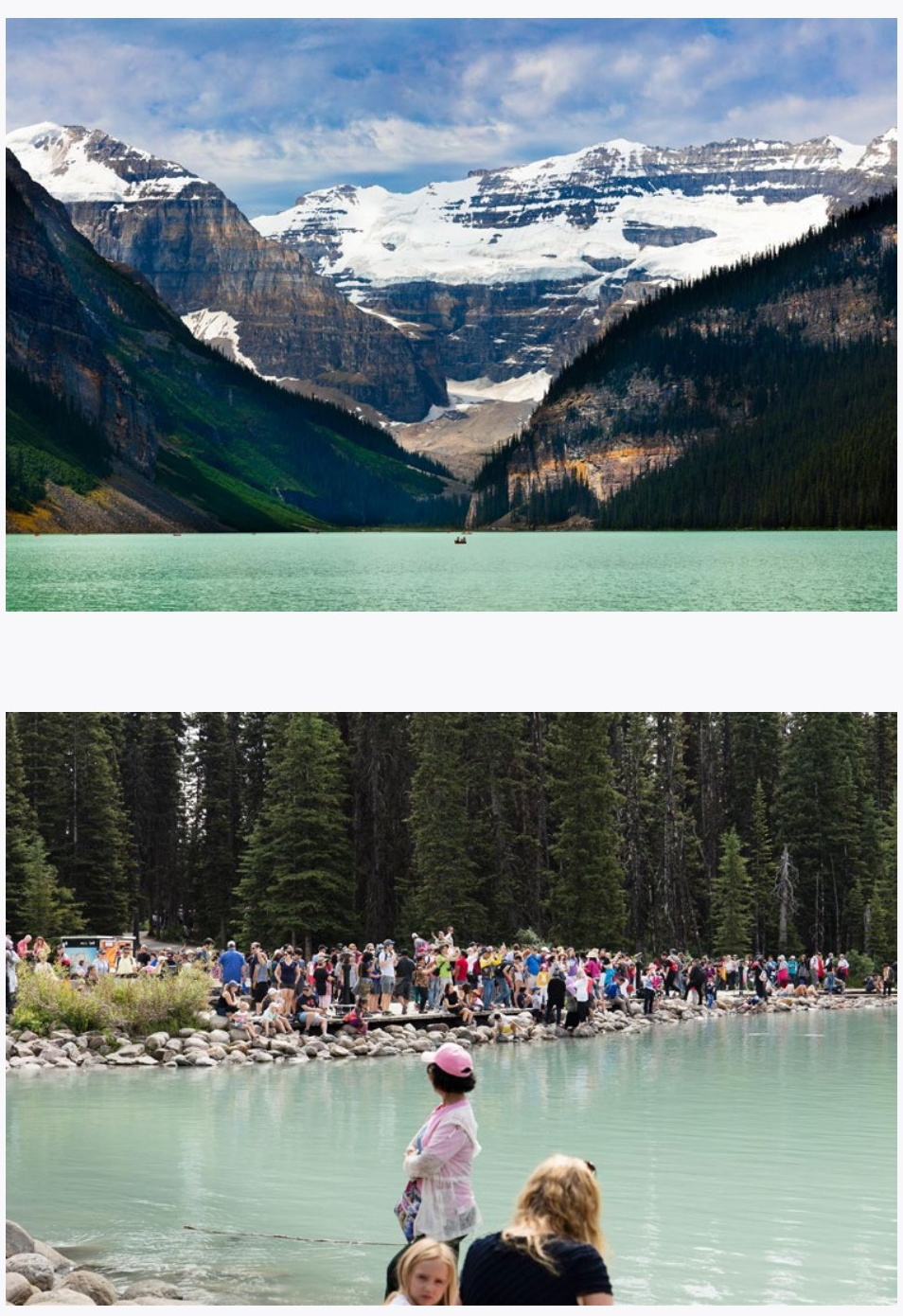7.1: 7PH PHOTOGRAPHS LIE
- Page ID
- 92087
In the 1850s Britain was engaged in an ugly war in Crimea. News reports criticized the British involvement, with descriptions of failures and disease. To counteract these reports, a photographer, Roger Fenton, was encouraged by people in the government to bring back a rosier view of the conflict. Fenton, although encountering severe hardships in Crimea, did that.
Photographs lie. Not only Photoshopped images, but every photograph—even before Robert Fenton was sent to Crimea. Photographs lie by exclusion. The frame omits important elements and time is distorted into a slice. They lie because the camera does not see how we see—our eyes have a very small sharp area (that is why your eyes are moving as you read this) with a very wide indistinct frame. Depth in photographs is compressed into two dimensions, and important details, such as sound, are omitted. To make matters worse, humans seem to be inclined to take vision, and therefore images, as the truth. To say I see means I understand.
Illustrated here are two photographs of Lake Louise in Banff National Park. One shows a fairly pristine and majestic landscape, while the other shows a very crowded tourist spot. Which is the truth? In a way, they both are, and the lake can even be experienced both ways. Ask someone how they liked going to Lake Louise and one person may say that it was a madhouse with difficult parking, while another may say it was the most beautiful lake they have ever seen.

When photographing you are not presenting The Truth, but an impression of it. This is also true with photojournalists. They approach the world knowing that there are many truths to be told. Photojournalists’ responsibility is to present the most objective truth they can, although this comes with many caveats. If they photograph a hurricane as most people experience it, they will have photographs of people sitting around in a room waiting for the wind to die down. And that photograph will win no Pulitzers, nor in most circumstances will it even get published.
Responsible journalism is where the photographer presents the public with a view of a situation which is biased (because a human is creating it), but is also true to what is happening while still capturing our attention. One of the most respected photojournalists is Eugene Smith, who is able to show incredible empathy for his subjects. Robert Capa is most known for his fearless depictions of war. Weegee presents a darker side of crime with the decidedly unromantic photographs he took while following police on their beats. David Seymour (Chim) helped form Magnum Photos, which is the most well-known group of photojournalists. Another founding member of Magnum is Henri Cartier-Bresson, whose book title The Decisive Moment sums up an important strength in his images. Burk Uzzle’s photographs are full of humor and unexpected interactions. James Nachtway and Paul Hansen take unflinching photographs to try to change a reality filled with conflict and injustice.
ChutzpahSome might say the inclusion of the author’s own photographs and stories next to history’s greatest photographers is cheeky at best. That he is doing it perhaps to be blessed by association, or in hopes that proximity will make some of that talent wear off. |

